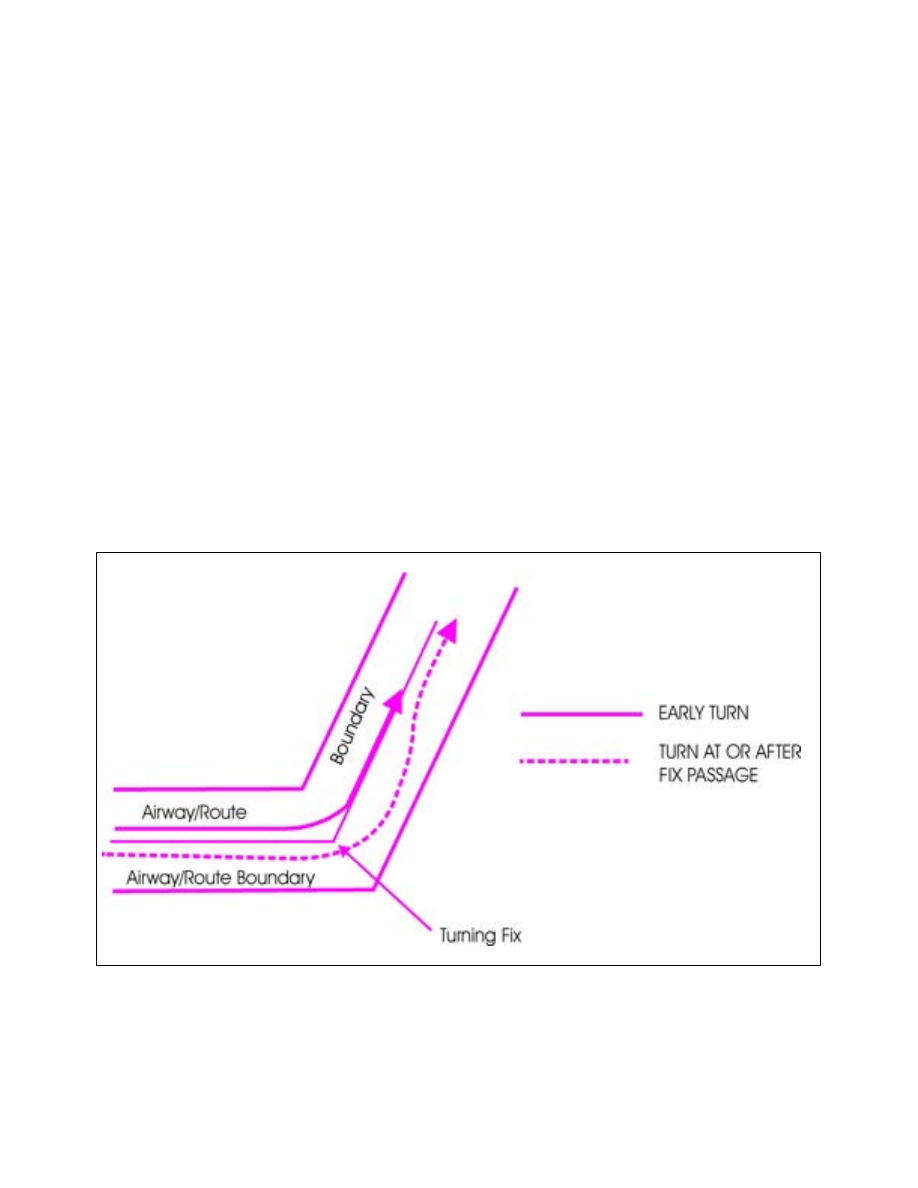
AIM
4/20/23
“hold for release,” the pilot may not depart utilizing that IFR clearance until a release time or additional
instructions are issued by ATC. In addition, ATC will include departure delay information in conjunction with
“hold for release” instructions. The ATC instruction, “hold for release,” applies to the IFR clearance and does
not prevent the pilot from departing under VFR. However, prior to takeoff the pilot should cancel the IFR flight
plan and operate the transponder/ADS
−
B on the appropriate VFR code. An IFR clearance may not be available
after departure.
EXAMPLE
−
(Aircraft identification) cleared to (destination) airport as filed, maintain (altitude), and, if required (additional instructions
or information), hold for release, expect (time in hours and/or minutes) departure delay.
3. Release Times.
A “release time” is a departure restriction issued to a pilot by ATC, specifying the
earliest time an aircraft may depart. ATC will use “release times” in conjunction with traffic management
procedures and/or to separate a departing aircraft from other traffic.
EXAMPLE
−
(Aircraft identification) released for departure at (time in hours and/or minutes).
4. Expect Departure Clearance Time (EDCT).
The EDCT is the runway release time assigned to an
aircraft included in traffic management programs. Aircraft are expected to depart no earlier than 5 minutes
before, and no later than 5 minutes after the EDCT.
b.
If practical, pilots departing uncontrolled airports should obtain IFR clearances prior to becoming airborne
when two-way communications with the controlling ATC facility is available.
5
−
2
−
8. Departure Control
a.
Departure Control is an approach control function responsible for ensuring separation between departures.
So as to expedite the handling of departures, Departure Control may suggest a takeoff direction other than that
which may normally have been used under VFR handling. Many times it is preferred to offer the pilot a runway
that will require the fewest turns after takeoff to place the pilot on course or selected departure route as quickly
as possible. At many locations particular attention is paid to the use of preferential runways for local noise
abatement programs, and route departures away from congested areas.
b.
Departure Control utilizing radar will normally clear aircraft out of the terminal area using vectors, a
diverse vector area (DVA), or published DPs.
1.
When a departure is to be vectored immediately following takeoff using vectors, a DVA, or published
DPs that begins with an ATC assigned heading off the ground, the pilot will be advised prior to takeoff of the
initial heading to be flown but may not be advised of the purpose of the heading. When ATC assigns an initial
heading with the takeoff clearance that will take the aircraft off an assigned procedure (for example, an RNAV
SID with a published lateral path to a waypoint and crossing restrictions from the departure end of runway), the
controller will assign an altitude to maintain with the initial heading and, if necessary, a speed to maintain.
2.
At some airports when a departure will fly an RNAV SID that begins at the runway, ATC may advise
aircraft of the initial fix/waypoint on the RNAV route. The purpose of the advisory is to remind pilots to verify
the correct procedure is programmed in the FMS before takeoff. Pilots must immediately advise ATC if a
different RNAV SID is entered in the aircraft’s FMC. When this advisory is absent, pilots are still required to
fly the assigned SID as published.
EXAMPLE
−
Delta 345 RNAV to MPASS, Runway26L, cleared for takeoff.
NOTE
−
1.
The SID transition is not restated as it is contained in the ATC clearance.
2.
Aircraft cleared via RNAV SIDs designed to begin with a vector to the initial waypoint are assigned a heading before
departure.
3.
Pilots operating in a radar environment are expected to associate departure headings or an RNAV
departure advisory with vectors or the flight path to their planned route or flight. When given a vector taking the
5
−
2
−
6
Departure Procedures